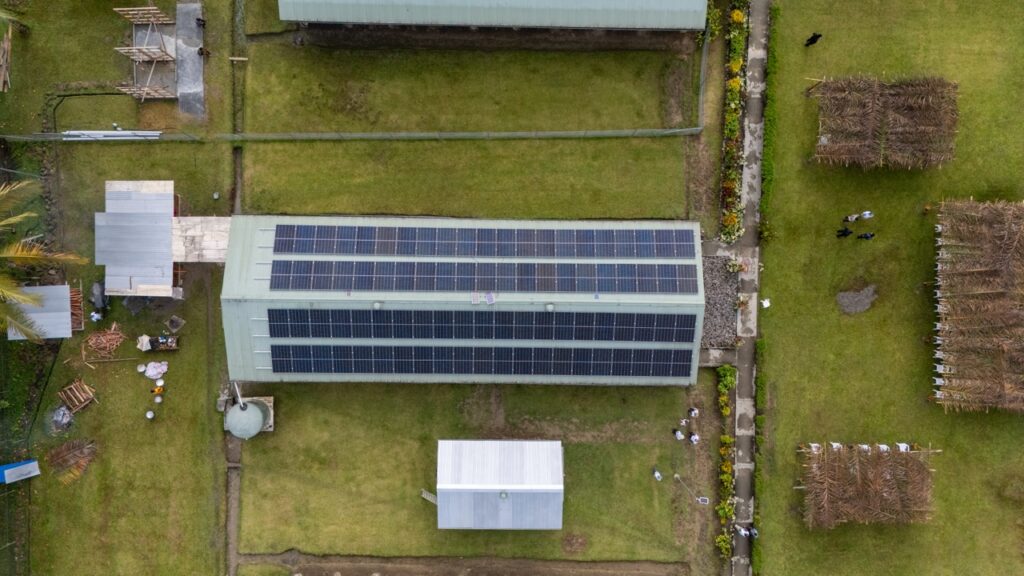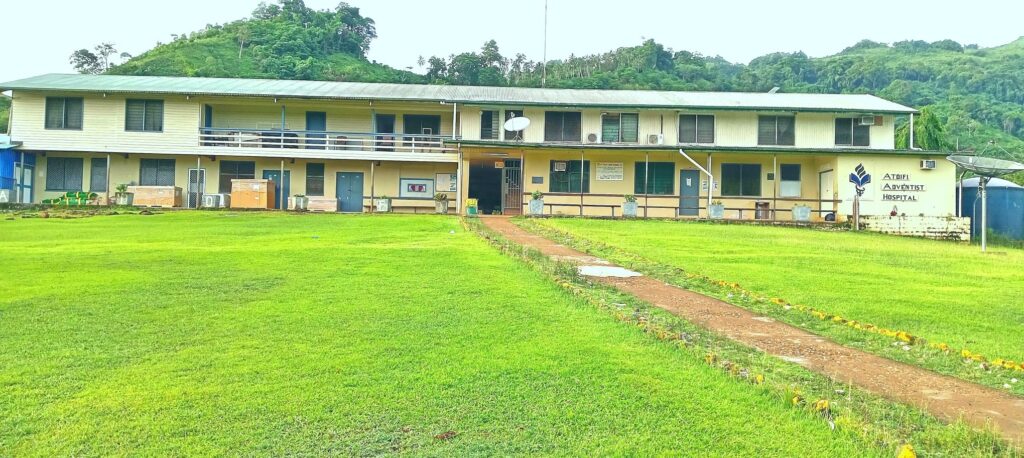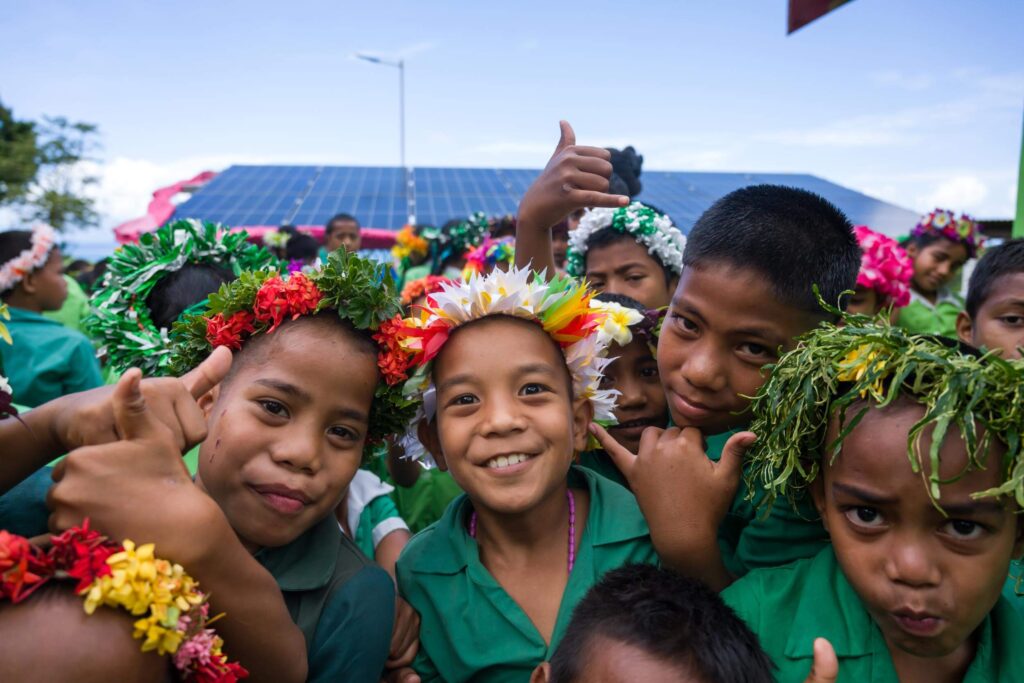When cyclones, floods and droughts strike, reliable power and water can mean the difference between disruption and recovery. The Pacific and Timor-Leste are on the frontline of the climate crisis, facing rising seas, stronger storms and more frequent disasters that threaten lives, livelihoods and critical infrastructure. Through programs like REnew Pacific, Australia is investing in clean, reliable energy that strengthens local resilience, keeps water flowing and powers essential services when communities need them most.
We’re now just four weeks out from #COP30, and to mark International Day for Disaster Risk Reduction today, we’re highlighting projects that are building resilience before disasters strike. Supported by the Australian Government through REnew Pacific and earlier pilots under the Business Partnerships Platform’s Off-Grid Renewable Energy Partnerships, these partnerships are helping safeguard lives, strengthen infrastructure and support communities to recover faster.
In Vanuatu, the University of New South Wales, Vanuatu Department of Energy, Vanuatu Disability Promotion Advocacy Association and Vanuatu Institute of Technology are training local technicians to repair, maintain and manage off-grid solar systems across the islands. This practical training helps communities restore power quickly after storms, keeping lights on and essential services running when it matters most. Among the trainees was Roy Daniel, a Police Officer on Tanna Island who manages the emergency radio system for Tafea Province. Powered by solar energy, this system is critical for communication during cyclones. As Roy shared, “It’s very important for us to have the skills and knowledge to fix the solar system.” Find out more about the project here – and watch the short film to hear his story below:
In Fiji, GGGI, Water Authority of Fiji and Fiji’s Department of Water & Sewerage (DWS) are helping remote maritime communities access clean water and energy through hybrid solar systems. These systems are reducing dependence on imported fuels, improving water security during droughts and keeping vital infrastructure running in the aftermath of cyclones. It’s a model for resilience, keeping communities safe, self-sufficient and better prepared for a changing climate. Find out more.
In Solomon Islands, Superfly, Save the Children and Mai-Ma’asina Green Belt are helping communities in Malaita stay connected through clean, affordable energy. A new solar hub at Takataka is powering essential services and income-generating activities, while solar-powered e-boats are providing a vital transport link that keeps people and goods moving when weather or fuel shortages cut off access. Together, these innovations are strengthening local resilience and helping communities adapt to a changing climate. Find out more.
In Papua New Guinea, the Kokoda Track Foundation is making Kokoda College more resilient through reliable, off-grid solar power. The new solar mini-grid launched earlier this year (pictured) is keeping classrooms, dormitories and vital campus facilities powered during outages or extreme weather, ensuring learning and community services can continue safely. By supporting digital learning, solar-powered irrigation and safe waste management, the project is creating a stronger, more sustainable campus that can keep going, no matter what the conditions. Find out more.
In Kiribati, Action on Poverty and the Foundation for the Peoples of the South Pacific are partnering with local women on Aranuka to strengthen access to clean water and renewable energy in one of the country’s most drought-prone islands. Solar-powered pumps, storage tanks and portable batteries are reducing the risks from water scarcity and power loss, while women-led committees are managing the systems to keep the community prepared and resilient in the face of future shocks. Find out more.
As the Pacific faces increasingly frequent and severe weather events, these partnerships show what practical climate action looks like on the ground: resilient infrastructure, empowered communities and clean energy that powers recovery.
This work is made possible through the Pacific Climate Infrastructure Financing Partnership (PCIFP), a $350 million initiative delivered by the Australian Government’s Australian Infrastructure Financing Facility for the Pacific (AIFFP) and implemented by Palladium.
Follow along each week as we share a new story on the road to Belém.



